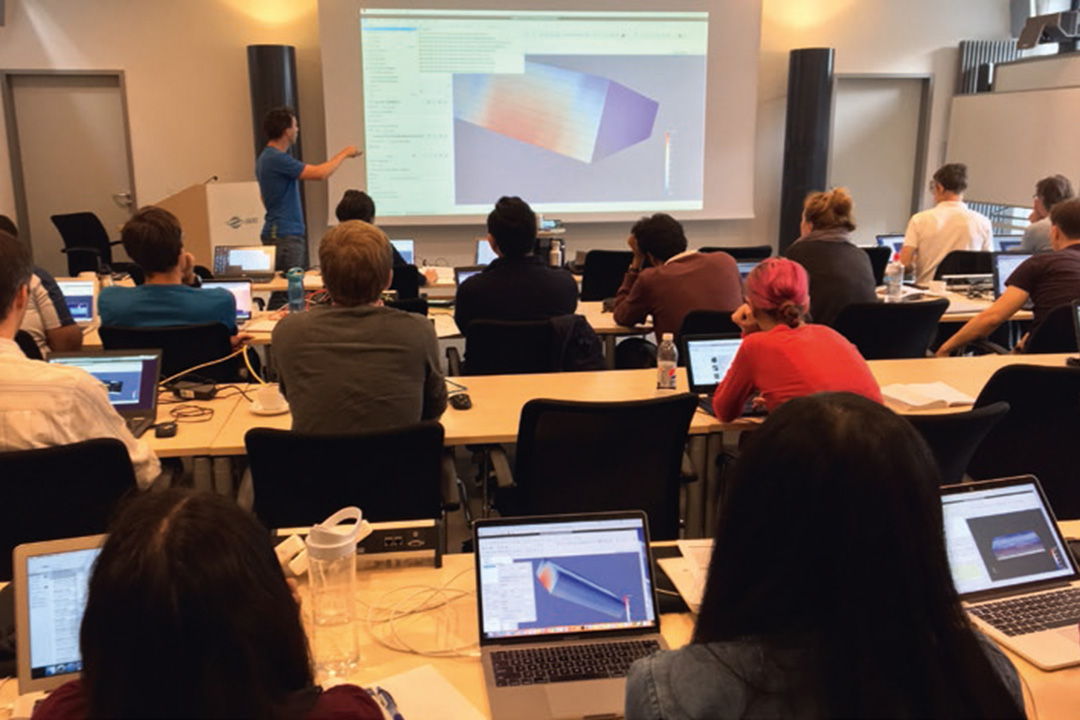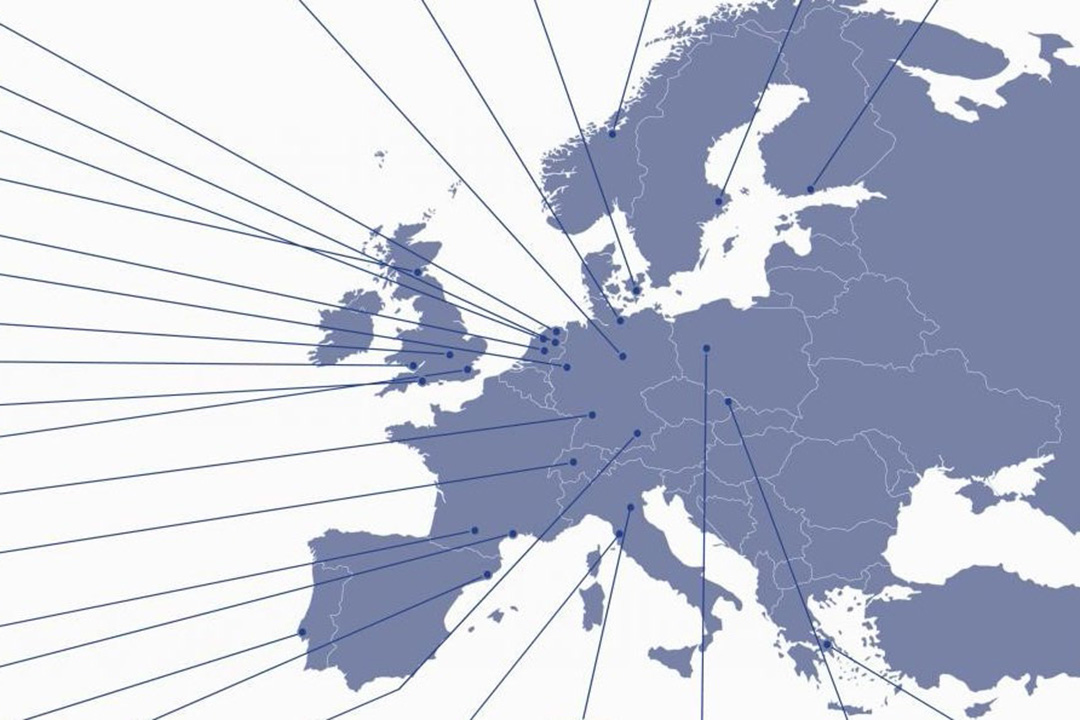Motivation
Extreme weather events and climate change are two of the greatest threats to society in the 21st century. Global society must adapt to climate changes in the coming decades, which requires quantitative estimates of future changes in weather patterns and climate extremes. These include exceptional weather events such as violent storms and flash floods, as well as persistent anomalies in global airflow patterns that may lead to pervasive flooding in some regions and seasons and prolonged drought and extreme heat in others. Numerical models of the Earth system are the primary tool for mapping and assessing these types of threats. One of the main factors limiting the capabilities of these models is the limited spatial resolution, which in turn is limited by the computational power that can be used by these models.
Aims and approach
Building on the successful work of the two previous phases of the project, three overarching goals will be pursued: 1) Transfer knowledge and technology for efficient and scalable weather and climate simulations in Europe. 2) Closing technological gaps through joint developments within the European Earth modeling community. 3) Establish a sustainable infrastructure for training, communication and dissemination of knowledge for the use of high performance computing for weather and climate modeling in Europe. To this end, approaches from different groups and projects will be brought together to transfer knowledge on the use of high performance computing for weather and climate in Europe and to create synergies between local efforts. In-house developments will fill gaps, provide targeted support to the scientific community through tailored services, and provide training for the next generation of researchers.
Innovation and perspectives
The innovative computer models for simulating climate and weather, which are supported by this center of excellence, can only develop their potential when the next generation of supercomputers, so-called exascale computers, are available. Currently, the first preliminary stages of such systems are being built in Europe and will be used by ESiWACE. The first real European exascale supercomputer will be installed at Forschungszentrum Jülich in 2024. ESiWACE will help to ensure that in particular the central German weather and climate model ICON, which is used for weather forecasting and climate prediction, can run on this system at a new level of quality. ESiWACE thus sets the course for improved forecasts as well as for excellent research in the German and the extended European meteorological and climatological research landscape.
Responsibles:
Duration:
01/2023-12/2026
Funding:
90 PM



